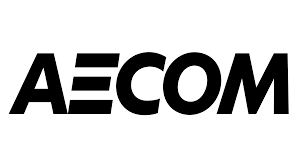
In today’s global construction industry, Building Information Modelling (BIM) coordination has become a key driver of successful project delivery, especially when projects cross national borders. At its core, BIM coordination is the process of bringing together design and construction models from multiple disciplines, architecture, structure, MEP (mechanical, electrical, plumbing), into a unified, clash-free digital environment.
This coordination is crucial in multi-country AEC (Architecture, Engineering, and Construction) projects, where the complexity goes far beyond technical design. In Europe, BIM isn’t just a helpful tool;
it’s often a requirement. Many European Union member states now include BIM in public procurement rules, making it an integral part of infrastructure, urban development, and industrial projects.
But when a project spans two or more countries, challenges multiply. Regulations differ. Languages vary. Local construction methods and workflows don’t always align. Even project documentation formats and data-sharing protocols can conflict.
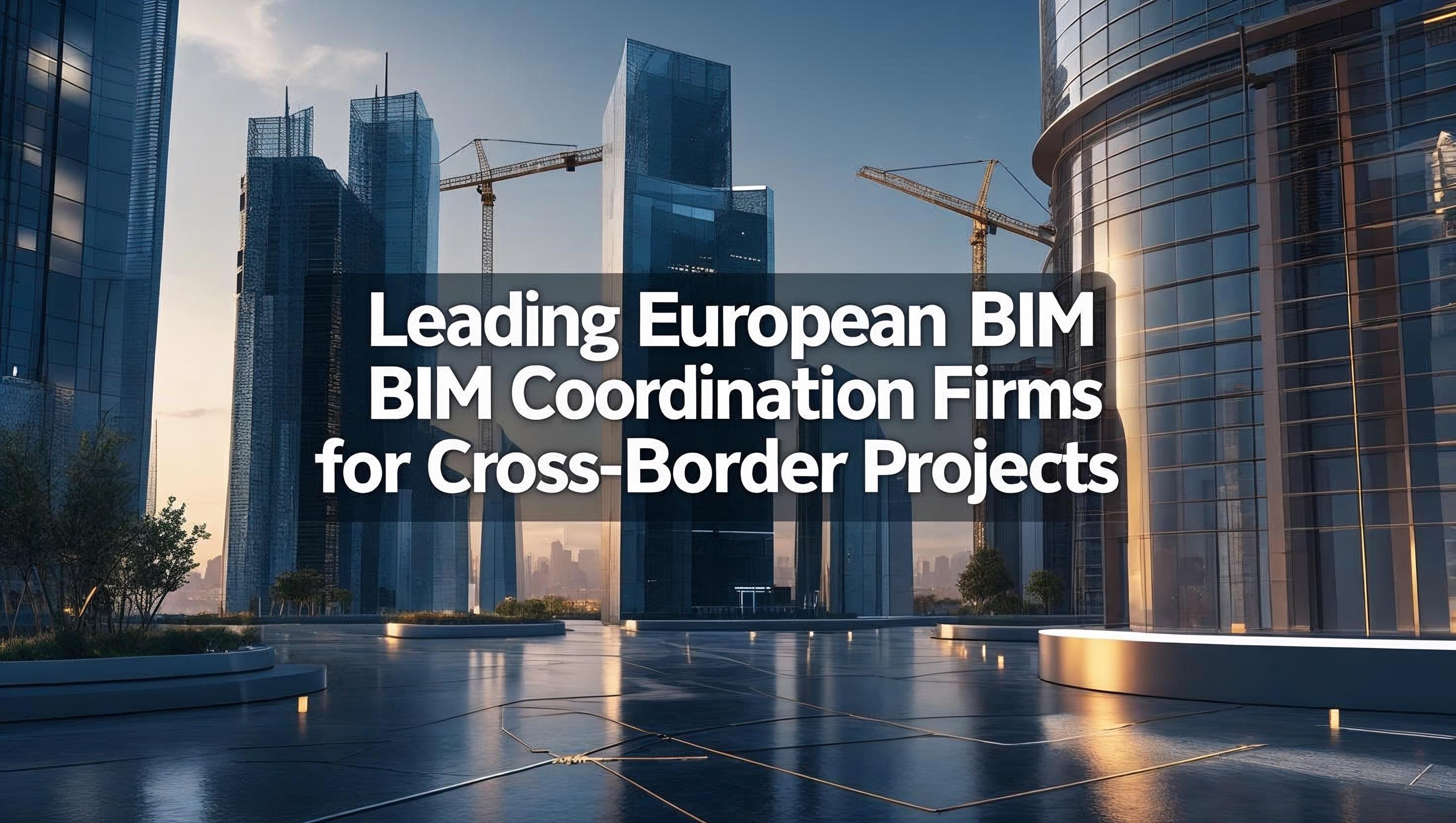
That’s where leading European BIM coordination firms make all the difference. They ensure:
For US-based stakeholders aiming to invest in or partner on European projects, these capabilities are invaluable. Europe has positioned itself as a global hub of BIM coordination expertise, offering lessons and partnerships that are relevant far beyond its borders.
Managing BIM on a single-site project is already demanding. Doing it across borders introduces an entirely new layer of complexity. Let’s look at the main challenges.
Europe’s construction market operates under a mix of EU-wide directives and country-specific regulations. While EU standards promote harmonisation, national building codes still vary sometimes significantly. A BIM coordinator must ensure every model meets the specific compliance requirements of each country involved.
Construction is collaborative by nature, and communication is critical. On cross-border projects, teams may speak multiple languages, use different industry terms, and follow varying documentation styles. Without careful coordination, misunderstandings can lead to costly mistakes.
To combat fragmentation, many firms rely on ISO 19650, the international standard for managing information over the whole life cycle of a built asset. ISO 19650 helps harmonise workflows, naming conventions, and data-sharing methods, regardless of national differences.
Advanced BIM coordination uses Common Data Environments (CDEs) to store and share models, drawings, and specifications in real time. By incorporating clash detection tools, 4D modelling for scheduling, and 5D modelling for cost tracking, you create a digital ecosystem that keeps everyone aligned.
The European Green Deal and individual country targets push projects toward energy efficiency, carbon reduction, and circular construction practices. BIM coordination allows these sustainability goals to be modelled, tested, and integrated into the project before ground is even broken.
Europe’s reputation for successful cross-border projects is built on the capabilities of its leading firms. Here’s how some of the most experienced players deliver results.

Website: https://aecom.com/
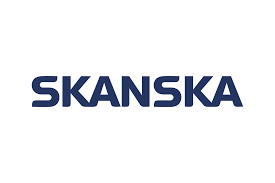
Website: https://www.skanska.com/
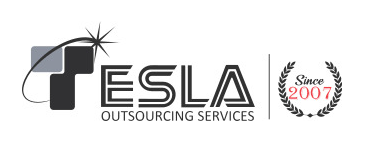
Website: https://www.teslaoutsourcingservices.com/
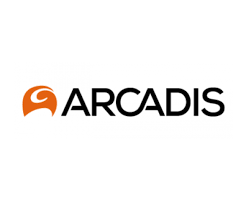
Website: https://www.arcadis.com/en
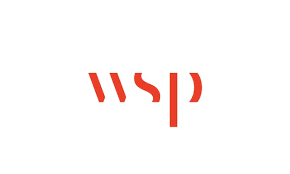
Website: https://www.wsp.com/
Successful firms apply ISO 19650 in tandem with each country’s BIM mandates. This dual approach allows for consistent workflows while still meeting local compliance requirements.
Cloud-based platforms paired with clash detection and visualisation tools make it possible to coordinate in real time, even when teams are thousands of miles apart.
Using Industry Foundation Classes (IFC) ensures that models can be shared and opened in different software systems without losing detail or accuracy.
By embedding energy simulations and carbon impact assessments into early-stage BIM models, firms can make design decisions that align with Europe’s climate targets before construction begins.
The coming years will see even greater emphasis on collaboration, sustainability, and digital integration.
Europe’s success in cross-border projects is driven by the expertise of leading BIM coordination firms such as AECOM, Skanska, Tesla Outsourcing Services, Arcadis, and WSP, each offering unique strengths in areas like digital twin integration, sustainable construction, offshore support, environmental modelling, and resilient infrastructure design. For US-based clients, collaborating with these firms ensures confident navigation of Europe’s diverse regulations, languages, and technical requirements, while benefiting from coordination expertise that delivers projects on time, within budget, and to the highest quality standards. As BIM coordination evolves with AI, digital twins, and advanced sustainability practices, these companies will continue setting the benchmark for global cross-border project excellence.